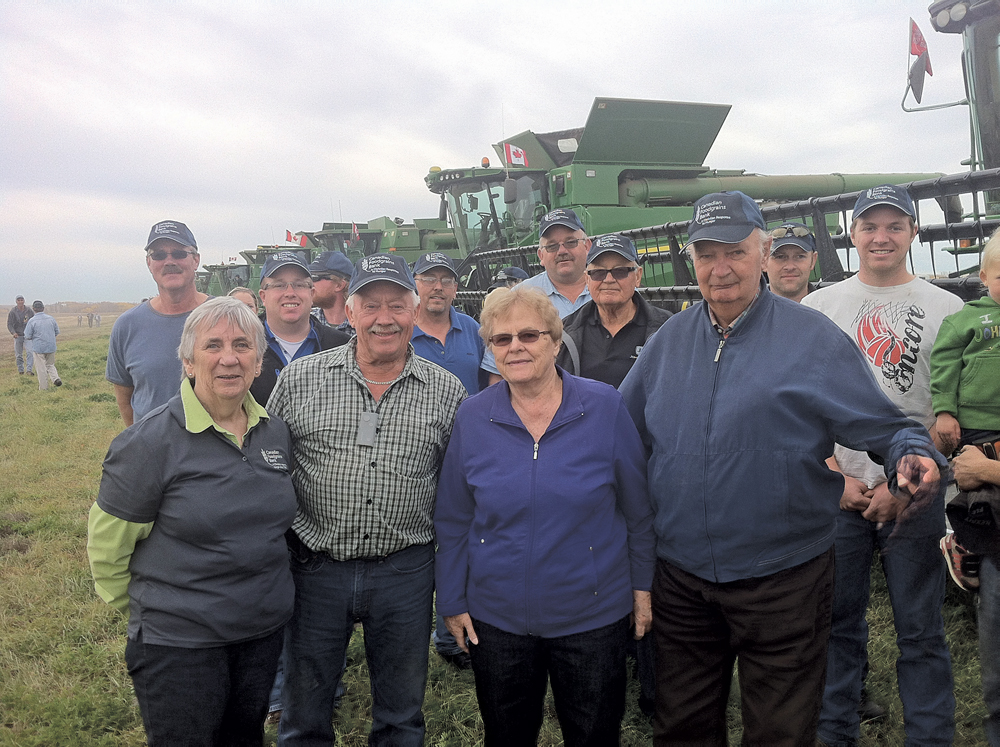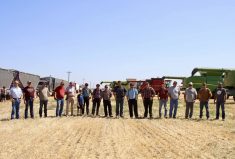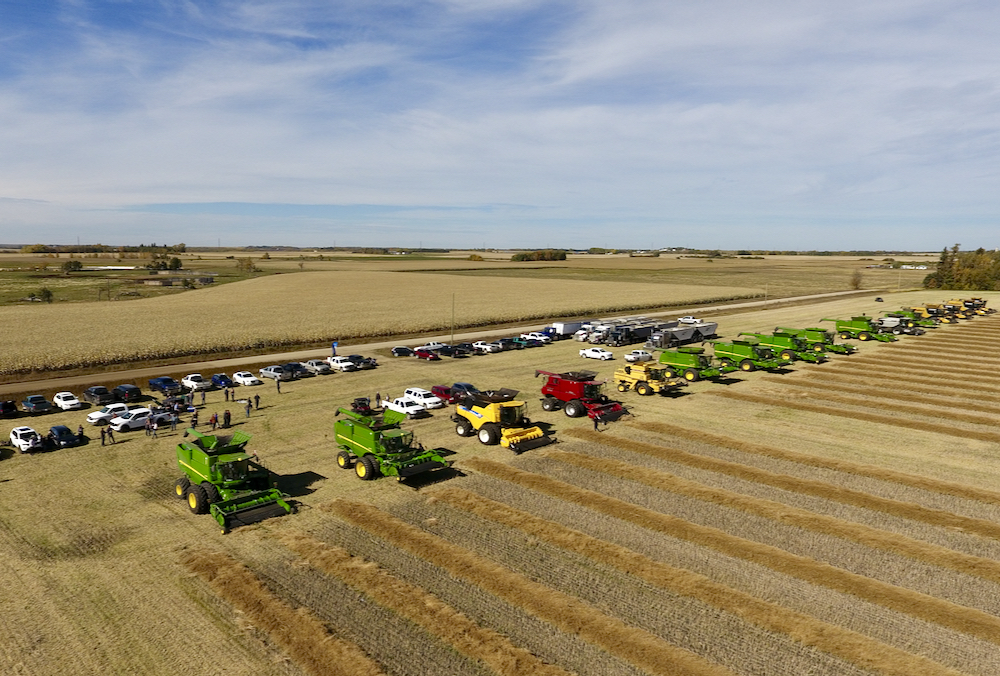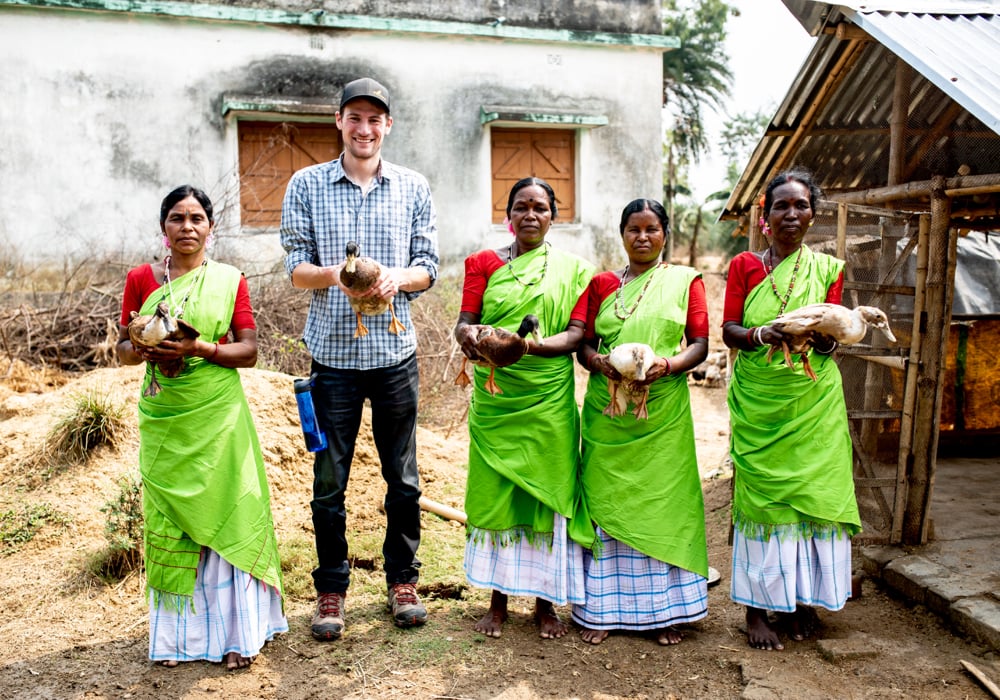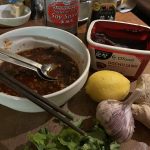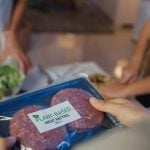Perched on the seat of a picnic bench brought into the pasture for the big lunch, Gladys Kalke considered the question for a few moments: What do you think when you read about humanitarian disasters around the globe?
“Look at all those refugees from Syria coming into Germany, how do you feed and care for all of those people?” she replied before pausing again.
Then she looked at her husband Irvin sitting next to her and then at the multi-coloured fleet of combines making quick work of the 130 acres of wheat on their land on the far side of the pasture.
Read Also
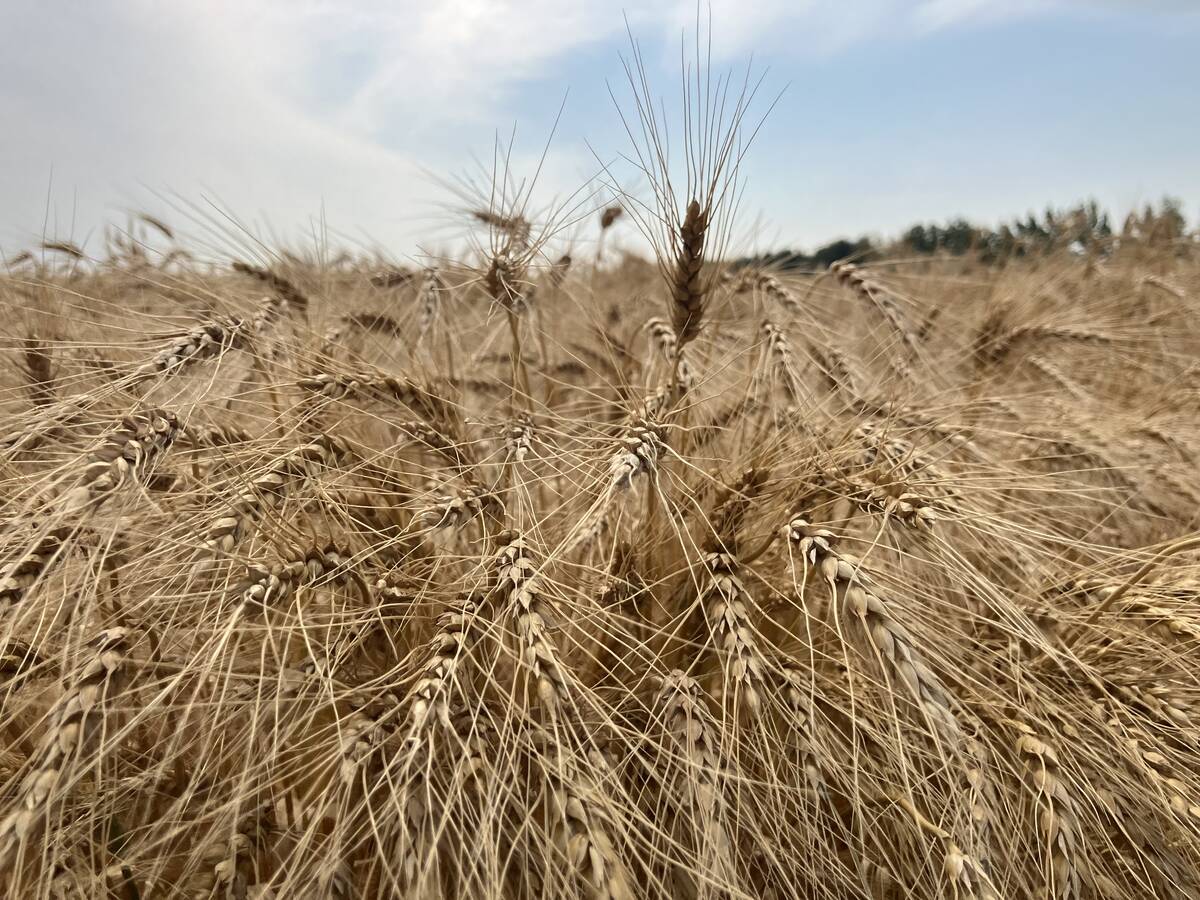
Prairie spring wheat looks like a bumper crop
Canada will likely set a new record for spring wheat yields this year, topping the previous mark of 54.1 bushels/acre – set in 2020
“Well, if everyone does their little share, then all those people will be looked after. All those small things will add up.”
And add up they have at the Leduc and District Growing Project.
The project’s participants have raised more than $1.4 million for the Canadian Foodgrains Bank in the last 17 years, including $100,000 this year for the wheat grown on the Kalkes’ land and 150 acres across the road belonging to Joanne Thomsen. That money, along with up to 4-to-1 matching dollars from Ottawa, has funded food-for-work and other Foodgrains Bank development projects around the world.
And although Leduc has the largest growing project in the province, there are more than 30 others. Last year, growing projects in Alberta, along with other community fundraising efforts, raised more than $1.7 million.
The 2015 provincial tally won’t be known until the end of the year, but it’s been a good year despite the drought conditions at the start of summer, said Terence Barg, the Foodgrains Bank regional co-ordinator for northern Alberta.
“As I’ve travelled to the harvests, people have said over and over again that they’ve been surprised the yields were so good,” said Barg.
There were three harvests alone on the Friday before Thanksgiving. At the Leduc harvest, there were 21 combines, 13 trucks, three swathers, and a small army of producers who had gladly taken time off from their own harvest to help out.

It’s a huge collective effort to organize the projects and raise all that money, but once again the ‘everyone does their little share’ element is the key.
“It gets easier every year,” said Cor Abma, the growing project co-ordinator since Year 1 for the Leduc and District project. “The farmers know who to call for sponsorships — and all it takes is a call.
“There’s only been one year where we had to sell a bit of our crop to pay for some of the inputs. Every other year, we got all of the fertilizer and all the other inputs donated. This year, we had $8,000 (in donations) left in the bank account after seeding.”
The pre-harvest lunch raised several thousand more. Sponsors paid for the catered meal and more than 300 free meals were served. But a steady stream of $20 bills and cheques were dropped into the “Foodgrains sack.” Even the rows of small square bales were auctioned off after serving as seating for the crowd.
Joanne Thomsen nodded in agreement as Gladys Kalke talked about the Syrian refugees and how small acts of generosity add up and make a big difference when calamity strikes somewhere.
“That’s true,” she said. “But what I also really love is that this has become a family event. There’s everyone from babies in strollers to senior citizens here. It brings us all together.”


